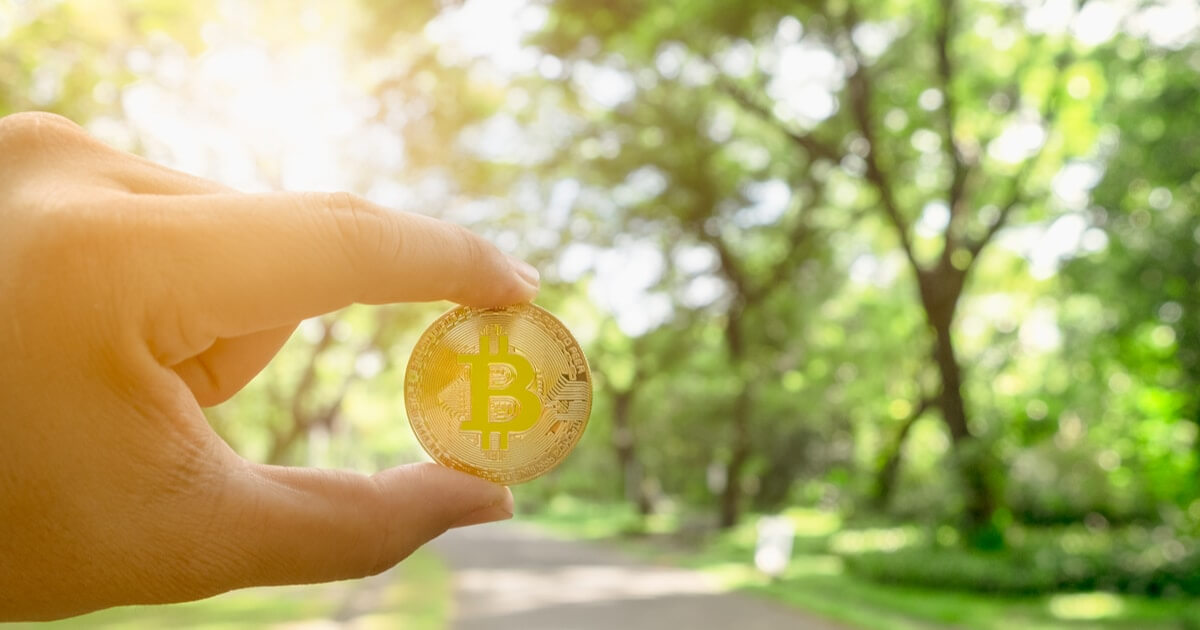ConsenSys Proposes Tokenization to Leverage Impure Public Goods

Naturally occurring public goods (e.g., water, forests, beaches) are often thought of as “free” public utilities—we do not expect to be “charged” for their use. People also tend to think of these public goods as virtually unlimited and we therefore rarely concern ourselves with the limited supply or providing equitable access and fair allocation of the public goods.
A recent white paper published by ConsenSys reimagines the equitable allocation of public goods through blockchain and tokenization. The paper further seeks to introduce a new, fair method of tokenizing ‘impure’ public goods that carry some level of scarcity.
Public Attitudes
People generally understand that human-made public goods—highways, airports, libraries—will incur some economic costs which must be recovered through some sort of fee, toll or charge. It is apparent, however, that the general public gives little thought to the actual policy decisions made in cost recovery schemes or the impact of cost recovery methodologies on the efficient allocation and utilization of these resources for the assets.
Pure VS Impure Public Goods
Economists sort public goods into two baskets—
1. “Pure” Public Goods—individuals can consume this type of good with without hindering the opportunity or access to that public good for others.
2. “Impure” Public Goods—consumption by one individual negatively impacts the ability of others to consume (scarcity) or excludes other individuals to some extent (excludability).
Public Goods Fee Structure Limitations
According to the paper, the support of impure public goods can create a separation of thought. People recognize that these resources are finite and must be maintained, but are still quite unwilling to accept charges for them. Parks, beaches and city infrastructure need to be maintained and not everyone can access them simultaneously and there are limitations on how available resources are allocated and costs are recovered. This makes the true values of impure goods and their optimal potential usage difficult to determine.
When a public body or government sets fees or tolls to maintain public goods, they tend to be flat amount that do not reflect the complex dynamics of the supply and demand equation. Furthermore, until recently, we have lacked the technological means to fully address the cost allocation issues of public goods at scale.
Congestion Pricing
Congestion pricing is a way of dealing with scarcity and excludability by adding a surcharge for services that are subject to temporary or cyclic increases in demand. Companies that engage in excess pricing are trying to regulate excess demand by applying higher prices during peak demand cycles. Congestion pricing would be a net new allocation structure in most cities. It may be applied to the existing infrastructures for which inhabitants are already paying and would not be expected to be conflated with other city services on both the cost and revenue side.
Can revised pricing structures lead to better, more efficient, and safer usage of impure public goods? Consensys considers if markets for enumerable but finite usage rights for a wide variety of freely exchangeable “impure” public goods can be created using blockchain technology and “tokens.”
Proposed Token Model, Distribution and Usage
In the white paper, Consensys proposes a straightforward market-based congestion pricing model.
Every resident of a city is issued a finite number of digital access tokens for the congested public area free of charge. For example—one access token per day for a year.
1. The tokens are valid for an agreed period (say, one year), and new tokens are issued periodically to eligible citizens.
2. Every driver of a vehicle needs to pay (i.e., transfer to the municipality), say one token, upon entering the congestion zone of the city during certain hours of the day. The access right of the token expires once the driver and vehicle leave the congestion zone.
3. Tokens are destroyed once used.
4. Drivers of vehicles can buy one or more tokens in an open marketplace.
5. Token prices are set in the marketplace based on supply and demand.
6. Algorithmic tools could be developed to allow travelers needing access but without tokens to simplify purchases by pre-setting parameters to various preferences.
7. The token can only be used to access the city’s congestion zone and nothing else.

Source: Blockchain in Public Goods Allocation - ConsenSys Solutions White Paper
The current flat pricing structures of impure public goods leads to inefficient economic outcomes. Implementing market-driven pricing and exchange structures as described in detail for congestion pricing could see numerous benefits.
For a more detailed and comprehensive overview of how tokenization can enhance fair access and opportunity for public utility, check out the full white paper.
Image via Shutterstock

